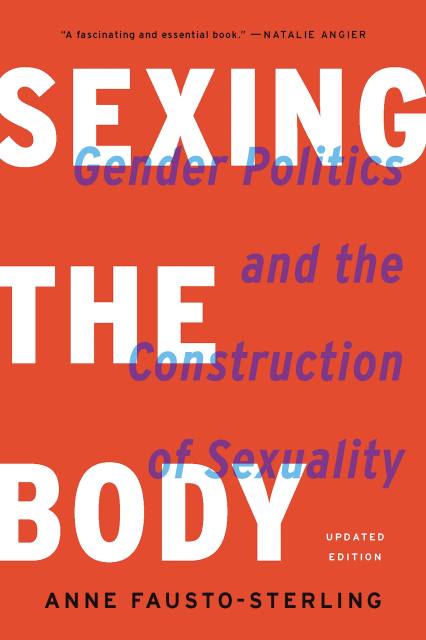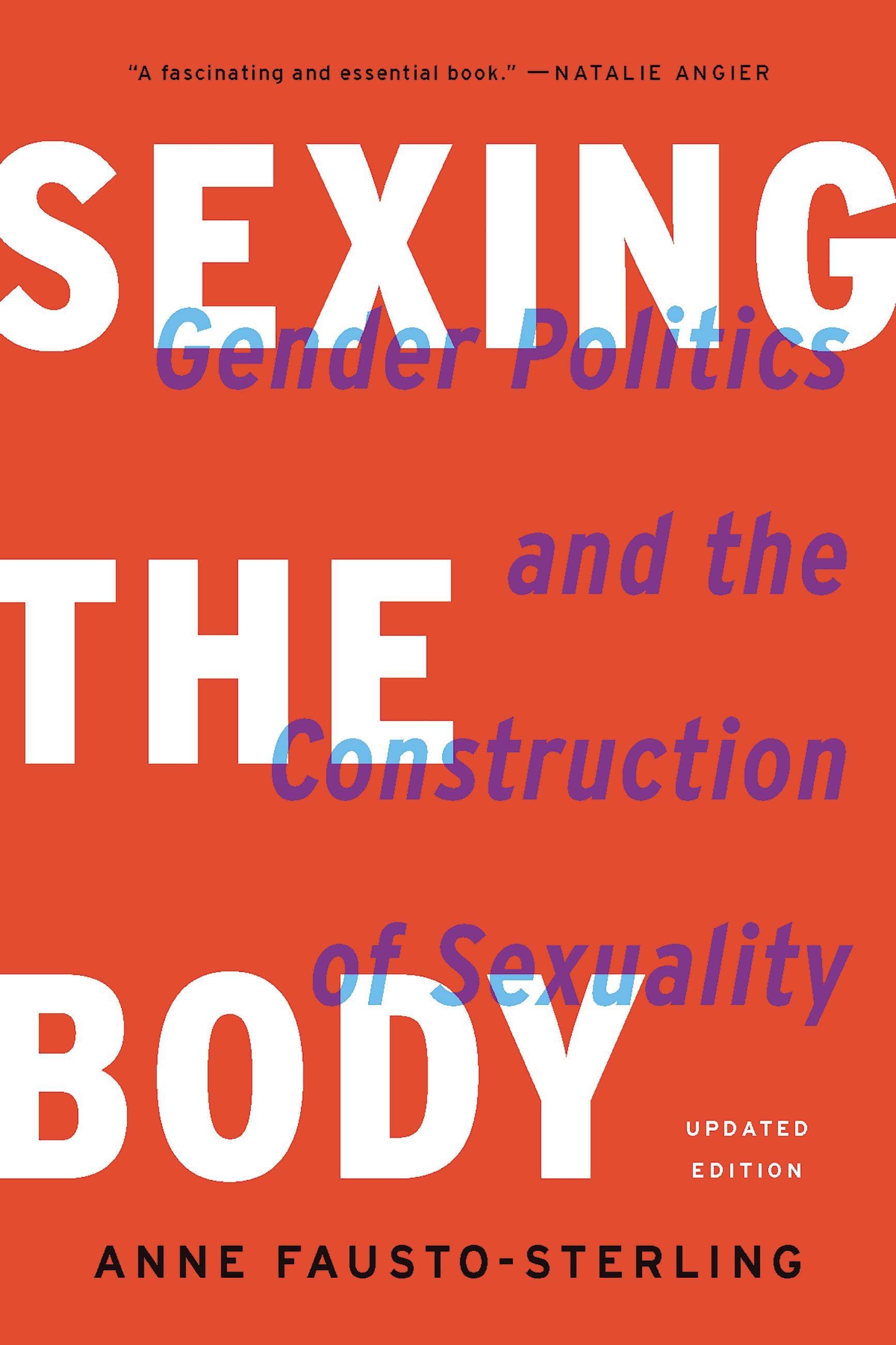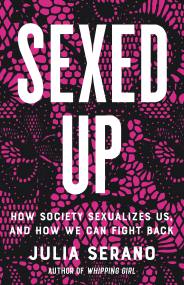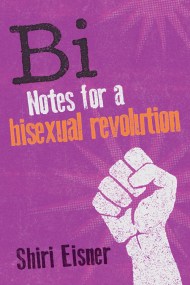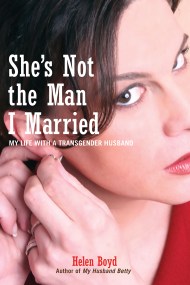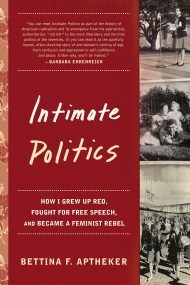Promotion
Use code BEST25 for 25% off storewide. Make sure to order by 11:59am, 12/12 for holiday delivery!
By clicking “Accept,” you agree to the use of cookies and similar technologies on your device as set forth in our Cookie Policy and our Privacy Policy. Please note that certain cookies are essential for this website to function properly and do not require user consent to be deployed.
Sexing the Body
Gender Politics and the Construction of Sexuality
Contributors
Formats and Prices
- On Sale
- Jun 30, 2020
- Page Count
- 608 pages
- Publisher
- Basic Books
- ISBN-13
- 9781541672895
Price
$24.99Price
$30.99 CADFormat
Format:
- Trade Paperback (Revised) $24.99 $30.99 CAD
- ebook $16.99 $21.99 CAD
- Audiobook Download
This item is a preorder. Your payment method will be charged immediately, and the product is expected to ship on or around June 30, 2020. This date is subject to change due to shipping delays beyond our control.
Buy from Other Retailers:
-
"There is nobody I trust more to guide me on the topic of sex and gender than Anne Fausto-Sterling. She is unequivocally brilliant. As masterful, fresh, and vital as it has always been, this new edition of Sexing the Body should be required reading for everyone, especially now."Angela Saini, author of Superior and Inferior
-
"A fascinating and essential book, at once vigorous, erudite, amiable, and sly."Natalie Angier
-
"Boldly eschewing binary conceits, Sexing the Body remains a groundbreaking appraisal of the broad spectrum of human experience. Anne Fausto-Sterling's fluency with both biological science and social theory still dazzles. And we now inhabit a world this perceptive book helped us to apprehend. It remains a work of enduring power and impact. A bona fide classic."Alondra Nelson, author of The Social Life of DNA
-
"There is nobody I trust more to guide me on the topic of sex and gender than Anne Fausto-Sterling. She is unequivocally brilliant. As masterful, fresh, and vital as it has always been, this new edition of Sexing the Body should be required reading for everyone, especially now."Angela Saini, author of Superior and Inferior
Newsletter Signup
By clicking ‘Sign Up,’ I acknowledge that I have read and agree to Hachette Book Group’s Privacy Policy and Terms of Use
